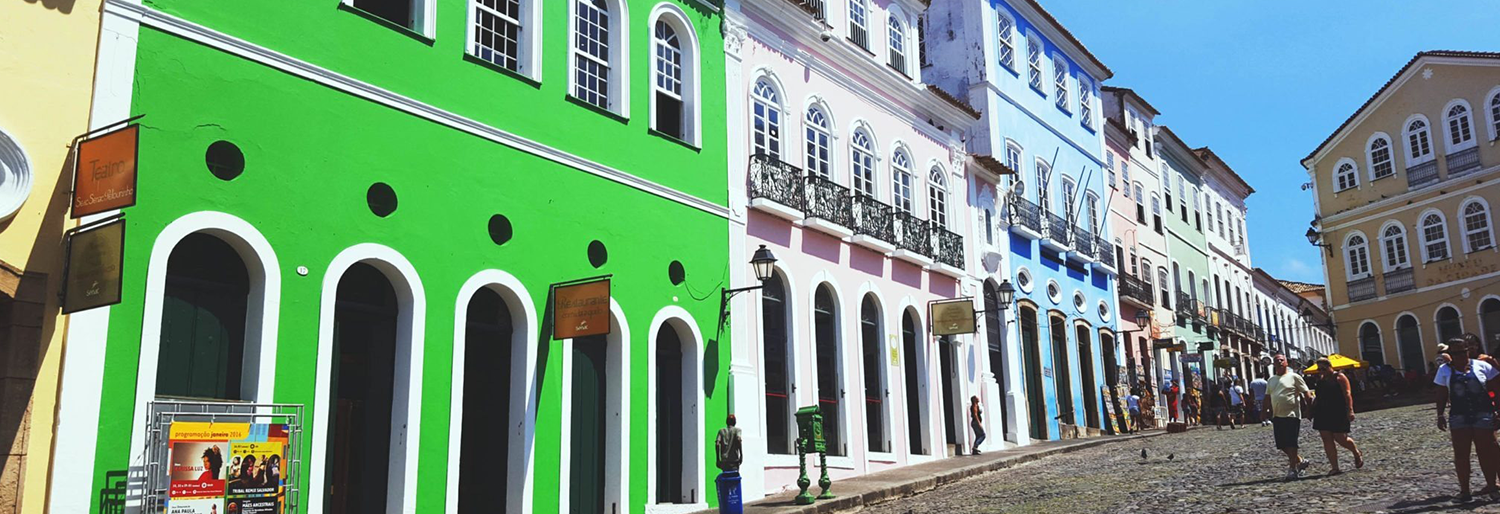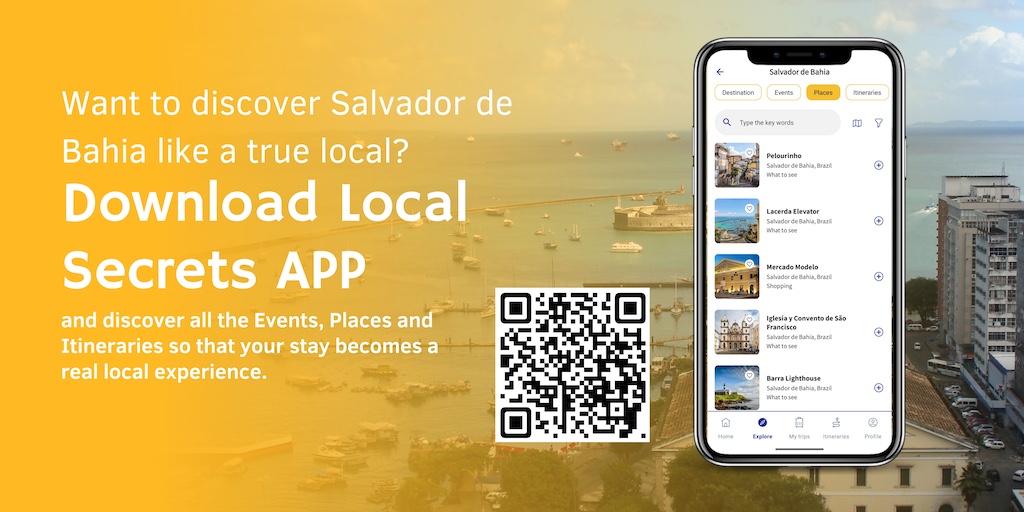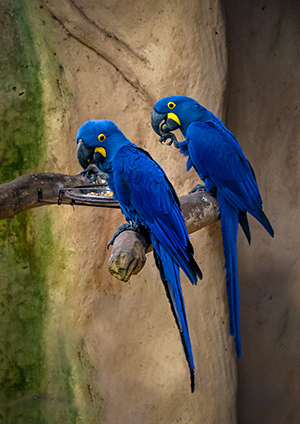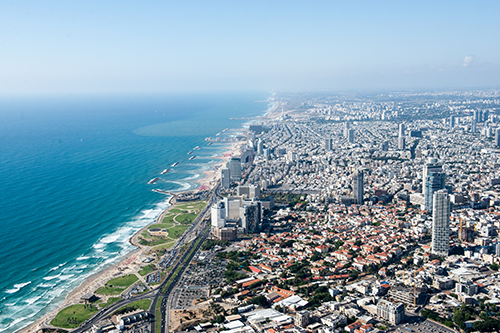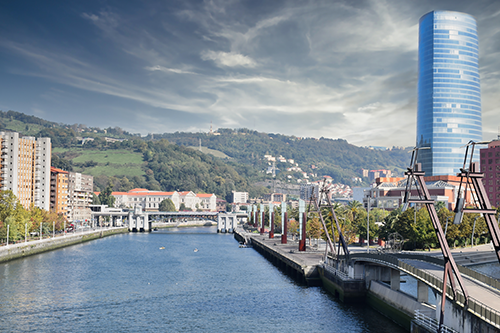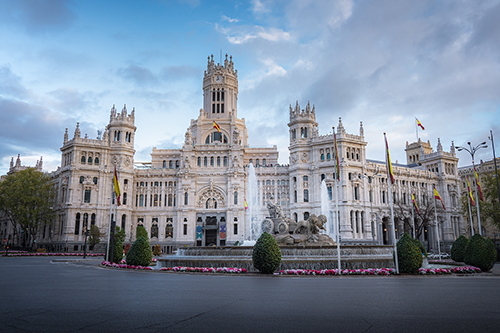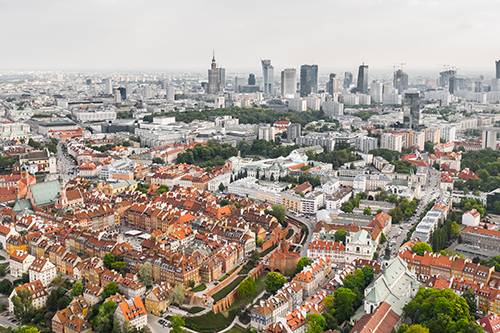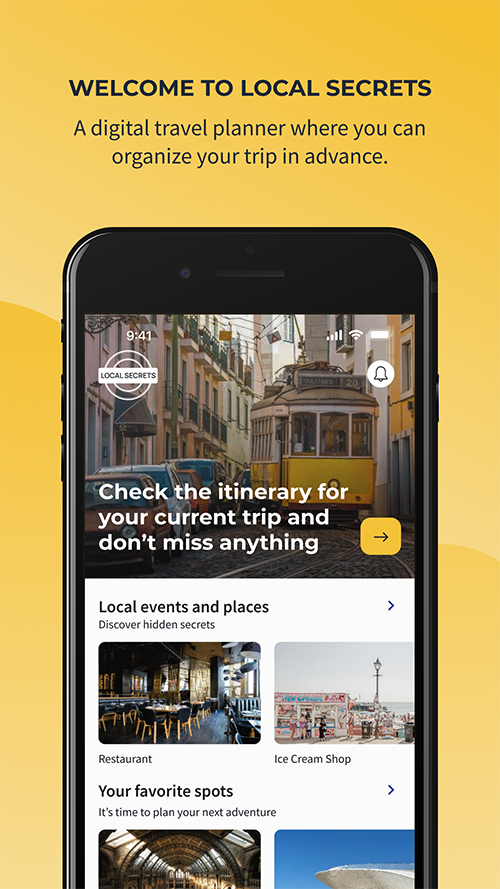Salvador
Salvador de Bahia is a fantastic city on Brazil’s northeastern coast, known for its lively culture and stunning beaches. With about 3 million people calling it home, it’s one of the largest cities in Brazil and definitely one of the most interesting.
The weather here is pretty warm year-round, with an average annual temperature of around 26°C (79°F), making it perfect for beach days and exploring. Salvador attracts around 1 million tourists each year, thanks to its rich history, lively music scene, and unique Afro-Brazilian culture.
The best time to visit is during the dry season from June to December. This is when you’ll experience less rain and pleasant temperatures, making it ideal for enjoying all the outdoor activities and cultural events Salvador has to offer.
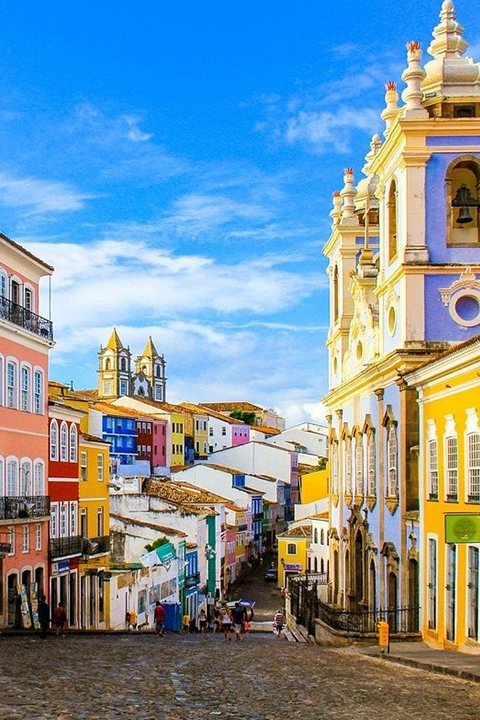
Colorful streets of Salvador de Bahia
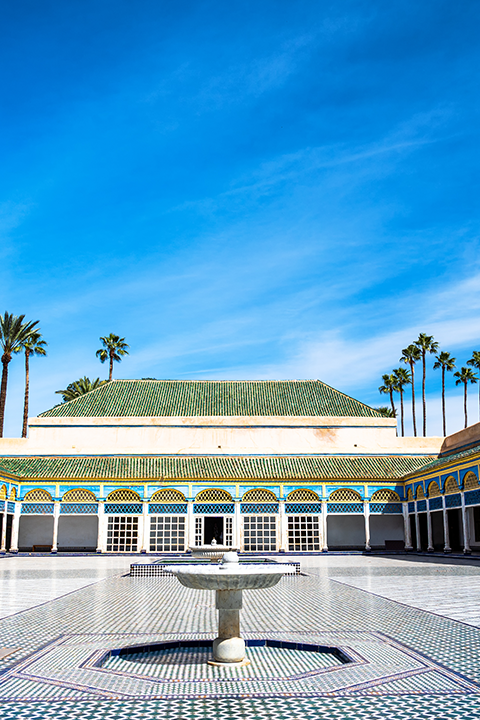
Bahia Palace
Arriving to Salvador
Salvador de Bahia, often just called Salvador, is a lively city on Brazil’s northeastern coast. To get there, you’ll most likely fly into Deputado Luís Eduardo Magalhães International Airport, which is about a 30-minute drive from the city center. It’s pretty well-connected, so you can easily find a flight from major cities in Brazil or even from international destinations.
When it comes to where to stay, check out neighborhoods like Pelourinho and Barra. Pelourinho is Salvador’s historic heart, with charming colonial buildings, colorful streets, and lots of cultural activities. It’s perfect if you want to be in the thick of the city’s historic vibe. Barra, on the other hand, is more modern and has beautiful beaches, great for those who prefer a more laid-back atmosphere with easy access to both relaxation and nightlife.
Getting around Salvador is quite straightforward. You can use local buses, which are extensive and affordable, or take a taxi or ride-sharing app for more convenience. For a real local experience, try out the “Lotação,” which are shared minibuses that cover various routes around the city.
Salvador is a paradise for food lovers. The city’s typical dishes include acarajé (black-eyed pea fritters filled with shrimp), moqueca (a delicious fish stew with coconut milk), and various tropical fruits. You’ll find plenty of street vendors and local restaurants serving up these tasty treats.
There’s so much to see and do in Salvador. You definitely want to visit the historic Pelourinho district, where you can soak in colonial architecture and local art. The city’s beaches, like Praia do Porto da Barra and Praia de Stella Maris, are perfect for sunbathing and swimming. If you’re into history, the São Francisco Church and Convent is a must-see with its stunning baroque architecture.
For experiences, make sure to catch a traditional samba or capoeira performance to dive into the local culture. Explore the Mercado Modelo for some unique souvenirs and local crafts. If you’re up for a bit of adventure, take a day trip to the nearby island of Itaparica, known for its beautiful beaches and relaxing vibe. Salvador is a city that combines rich history, beautiful landscapes, and a vibrant cultural scene, making it an exciting destination to explore.
Accomodation
Looking for a unique hotel experience?
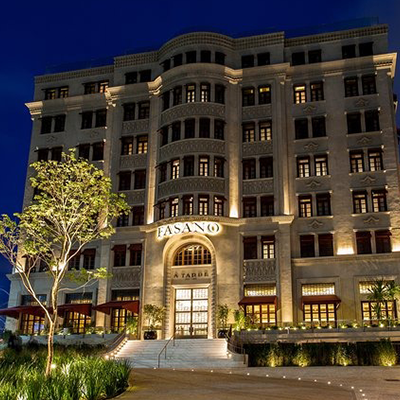
Local Secrets has selected a variety of unique hotels that make lodging a special experience. These hotels share the vision of quality and service that we want for our travelers.
Want to feel like home?
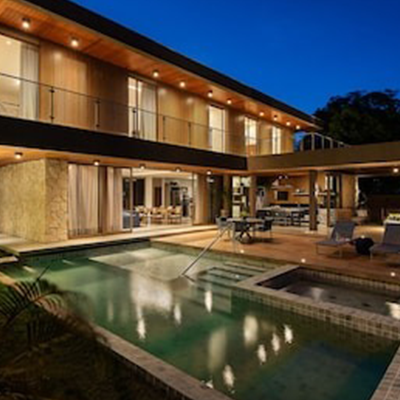
Local Secrets has developed a network of professional experts in tourist accommodations committed to quality and service to guarantee a unique experience to our travelers.
Members of Hospitality Privilege Program
Members of Hospitality Privilege Program
Currency: The official currency of Salvador is Brazilian Real (BRL) 1 Brl is equivalent to US$ 0.1822
Keep in mind before travelling to Salvador
Salvador de Bahia is a fantastic city with a rich mix of culture, music, and history. If you’re visiting, you’ve got to check out its top 7 festivals that really showcase what the city is all about.
First up, there’s the Salvador Carnival in February, one of the biggest and most famous street parties in the world. In June, the Festa de São João celebrates with traditional music, dance, and food. The Festa de Yemanjá in February honors the goddess of the sea with beautiful ceremonies and offerings at the beach. The Festival de Iemanjá in August is another major celebration dedicated to this sea goddess, featuring lots of local traditions. In September, the Festival da Primavera marks the start of spring with arts and crafts. The São João Festival in June is all about traditional folk music and dance. Finally, the Festival de Música Brasileira in November is a great time to catch some of Brazil’s best musicians.
For day trips, you can explore the charming town of Cachoeira, hit the beaches of Itaparica Island, wander around the historical city of Santo Amaro, or relax in the beautiful waters of Praia do Forte. Also, consider a visit to the nearby town of Madre de Deus or the scenic village of Lauro de Freitas. Each of these spots offers a unique glimpse into the region’s culture and natural beauty.
Tips to visit Salvador
In Salvador de Bahia, the locals are called “Salvadorenses,” and you’ll find them greeting each other with a friendly “Oi” or “Tudo bem?”
Portuguese is the main language, but you might hear some local dialects and Spanish in tourist areas. People usually have lunch around noon to 1 PM and dinner from 7 to 9 PM. Business hours generally run from 9 AM to 6 PM, Monday to Friday.
Tipping is customary, and around 10% is standard in restaurants. The health system here includes both public and private options, with private healthcare being quicker and often preferred. Dress code is pretty relaxed; casual wear is fine during the day, but you might want to dress up a bit for evening outings. Locals often say “Que massa!” to express that something is cool or exciting.


